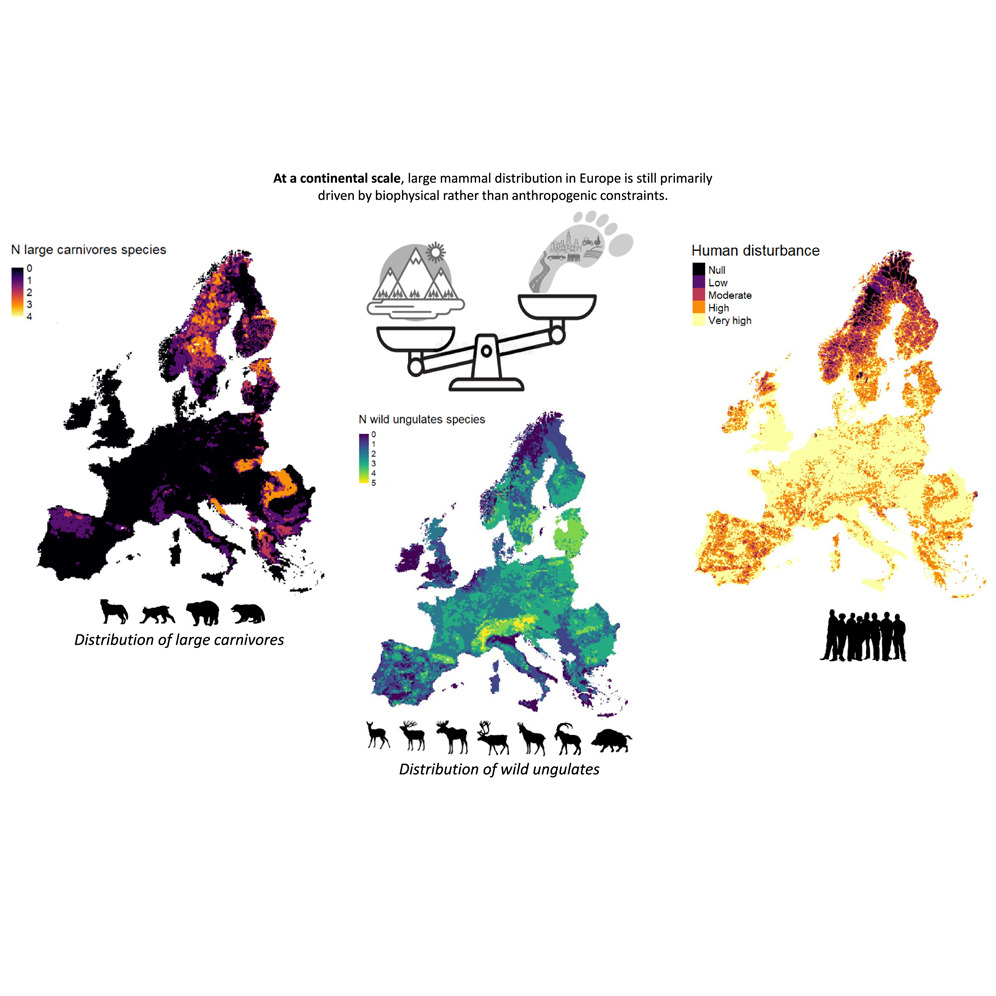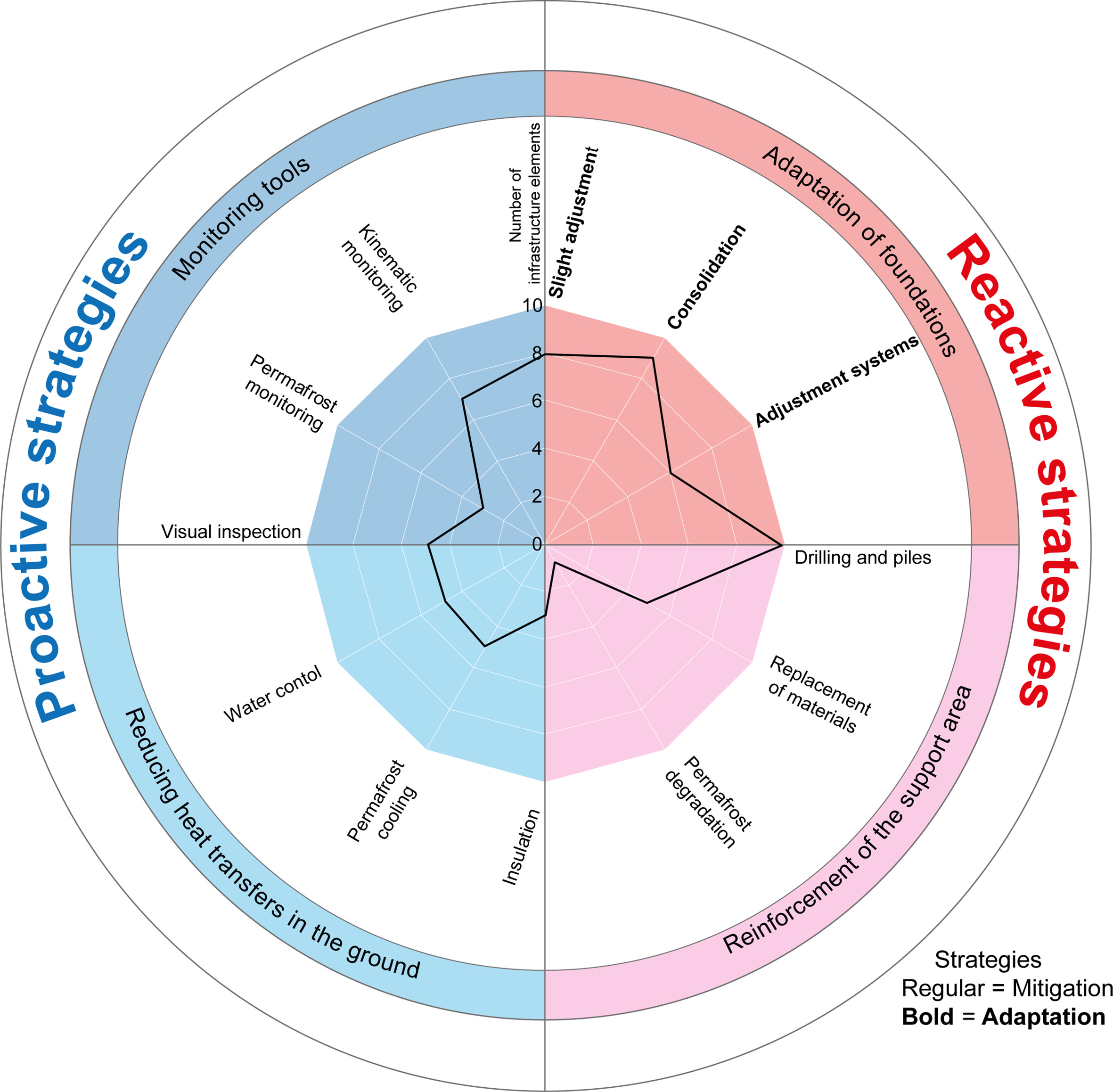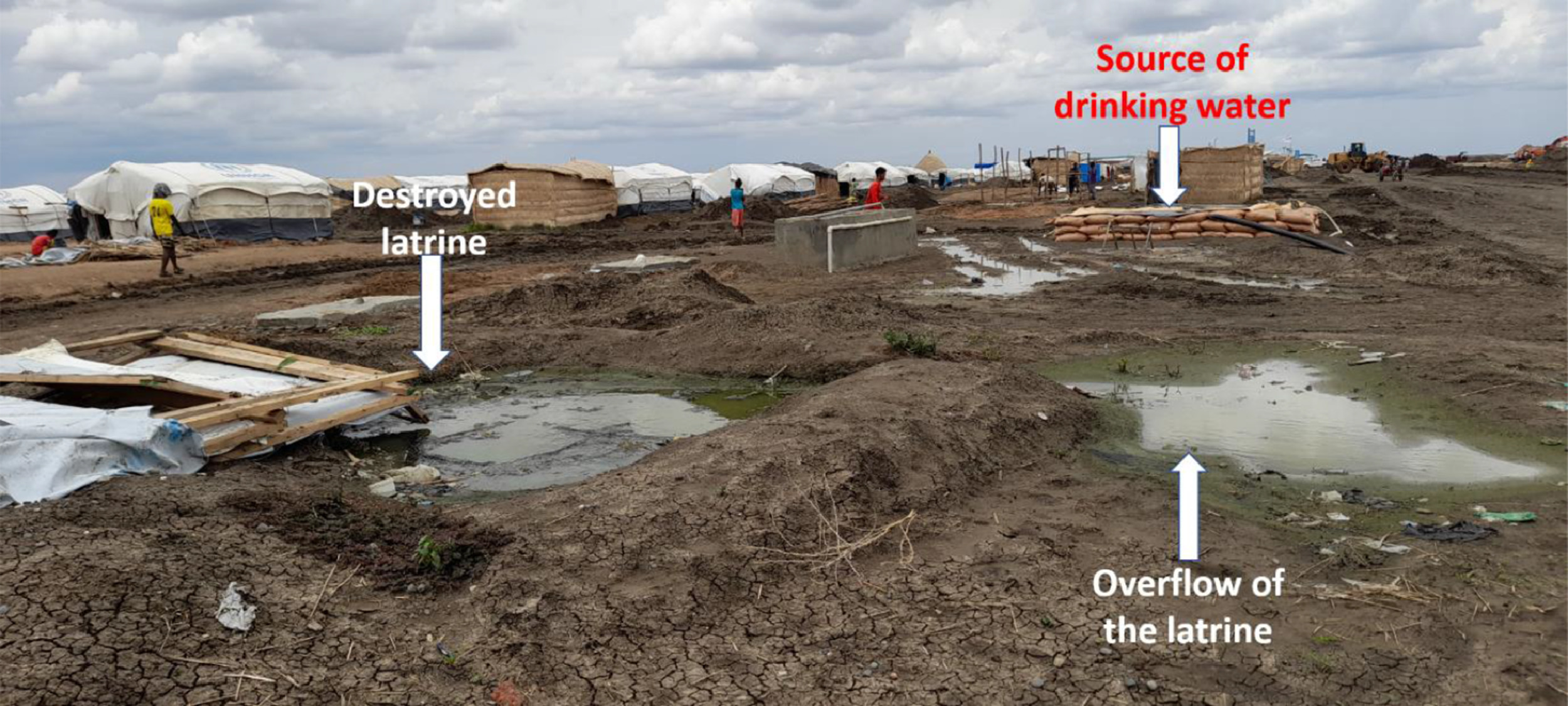The Lancet Planetary Health, Volume 5, September 2021
Habitat International, Volume 115, September 2021
Tracking progress toward the Sustainable Development Goals (SDGs) requires monitoring of various social-ecological indicators over space and time, including the ratio of land consumption rate to population growth rate (LCRPGR), an indicator of land-use efficiency (SDG 11.3.1). In this study, we analyzed state-of-the-art Earth observation data (1975–2015) to address three key questions. First, how has the LCRPGR varied over space and time? Second, how is built-up expansion related to population increase across regions?
Cold Regions Science and Technology, Volume 189, September 2021
Applications in Energy and Combustion Science, Volume 7, September 2021




